Description
PERMABOND 2011 is a thixotropic, fast-setting cyanoacrylate particularly suitable for use on vertical and porous substrates. This material can be used on metals, plastics, elastomers, ceramics and wood. Cyanoacrylate adhesives are single component adhesives that polymerize rapidly when pressed into a thin film between parts. The moisture adsorbed on the surface initiates the curing of the adhesive. Strong bonds are developed extremely fast and on a great variety of materials. These properties make PERMABOND cyanoacrylates the ideal adhesives for high speed production lines.
Features & Benefits:
- Thixotropic Surface insensitive
- Fast cure
- Easy to apply and dispense
- High temperature resistance
- Maximum gap filling capability
CID A-A-3097 Type II Class 5 NSF Approved: Non-Food Compound Code 54
Physical Properties of Uncured Adhesive:
| Chemical composition | Ethyl cyanoacrylate |
| Appearance | Colorless |
| Viscosity @ 25°C | Gel |
| Specific Gravity | 1.1 |
Typical Curing Properties:
| Maximum gap fill | 0.5 mm (0.02 in) |
| Fixture / handling time* (0.3 N/mm² shear strength is achieved) | 5-10 seconds (Steel)
5-10 seconds (Buna N Rubber) 5-10 seconds (Phenolic) |
| Full strength | 24 hours |
*Handling times can be affected by temperature, humidity and specific surfaces being bonded. Larger gaps or acidic surfaces will also reduce cure speed but this can be overcome by the use of Permabond C Surface Activator (CSA) or Permabond QFS 16.
Typical Performance of Cured Adhesive:
| Shear strength* (ISO4587) | Steel 20-24 N/mm² (2900-3500 psi)
Aluminium 8-9 N/mm² (1200-1300 psi) Zinc 10 N/mm² (1500 psi) ABS >6 N/mm² (900psi) SF** PVC >6 N/mm² (900psi) SF** PC >5 N/mm² (700 psi) SF** Phenolic 14N/mm² (2000 psi) |
| Impact strength (ASTM D-950) | 3-5 kJ/m² (1.4-2.4 ft-lb/in²) |
| Dielectric constant @ 10kHz | 2.5 |
| Dielectric strength | 25 kV/mm |
| Coefficient of thermal expansion | 90 x 10-6 mm/mm/°C |
| Coefficient of thermal conductivity | 0.1 W/(m.K) |
| Hardness (ISO868) | 85 Shore D |
*Strength results will vary depending on the level of surface preparation and gap.
**SF = Substrate failure


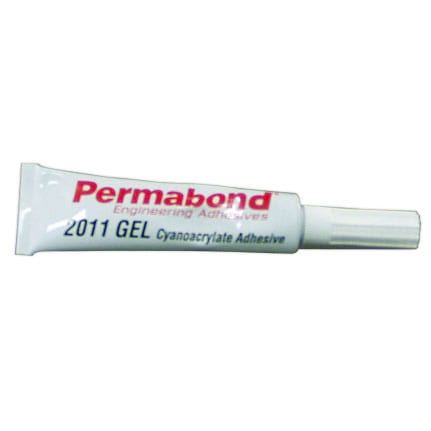
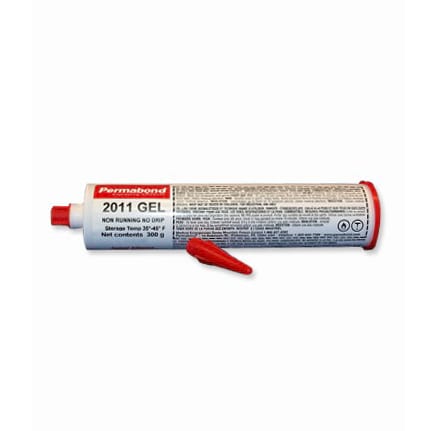
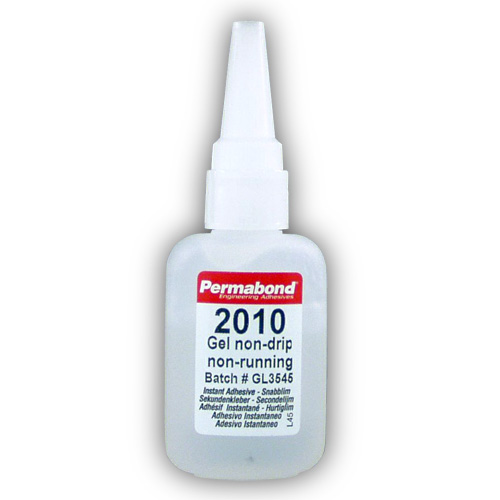
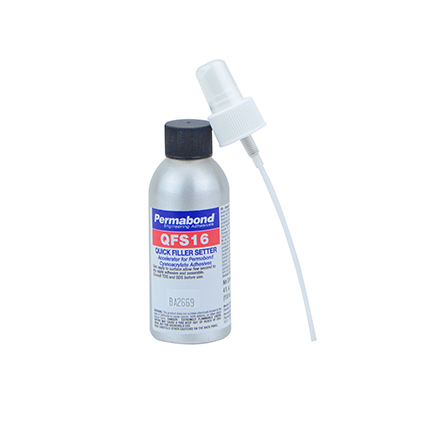
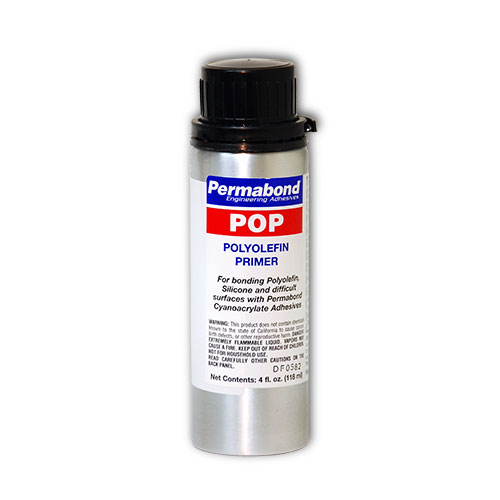
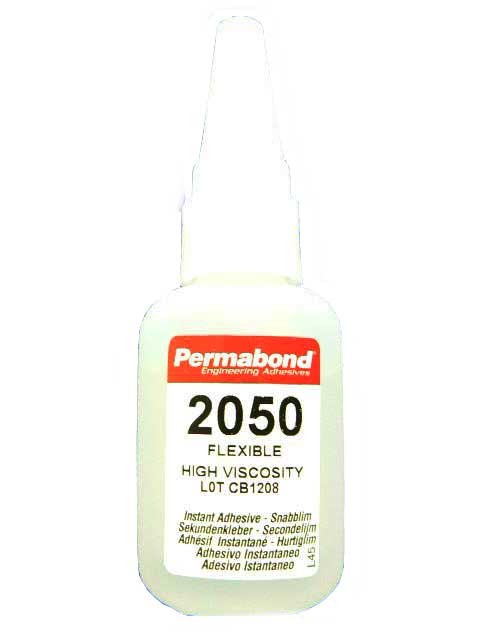
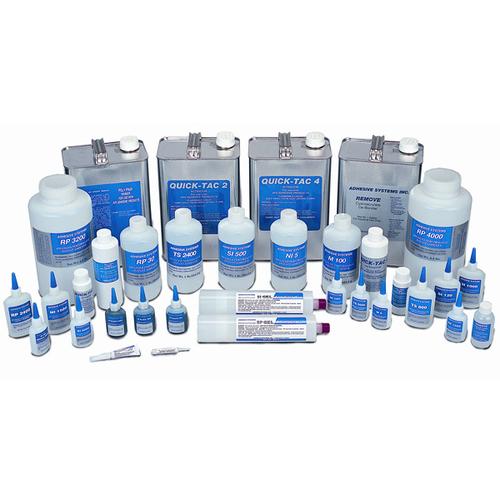
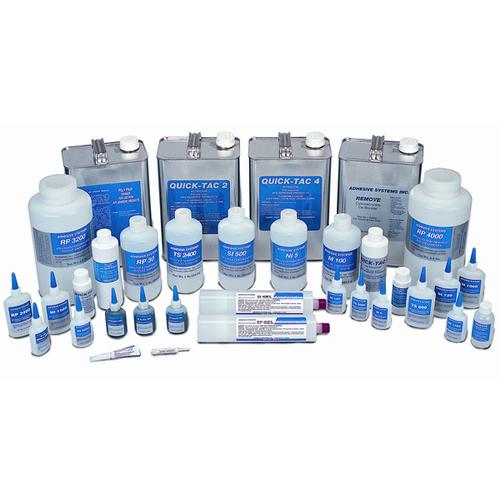

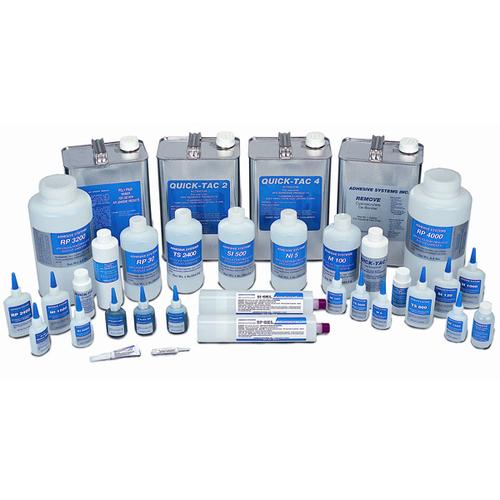
Reviews
There are no reviews yet.